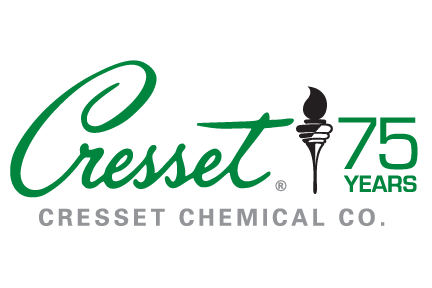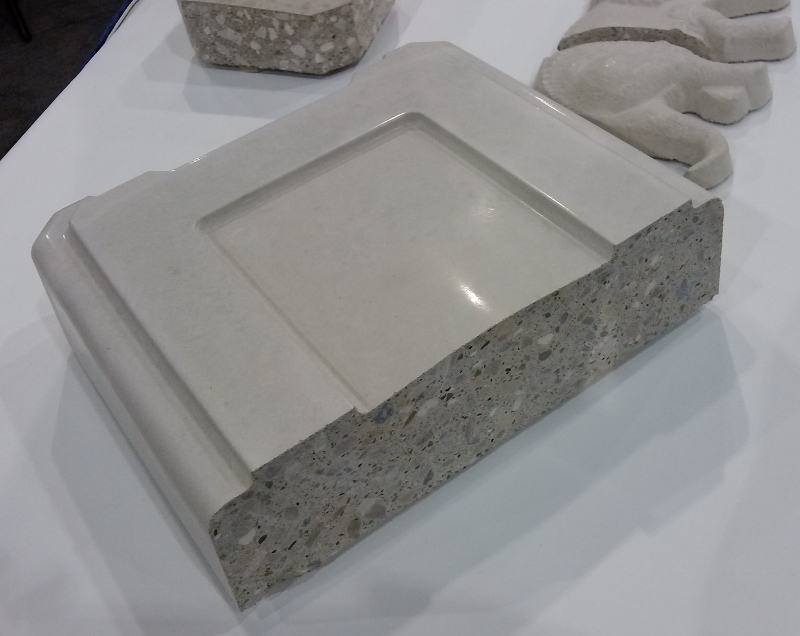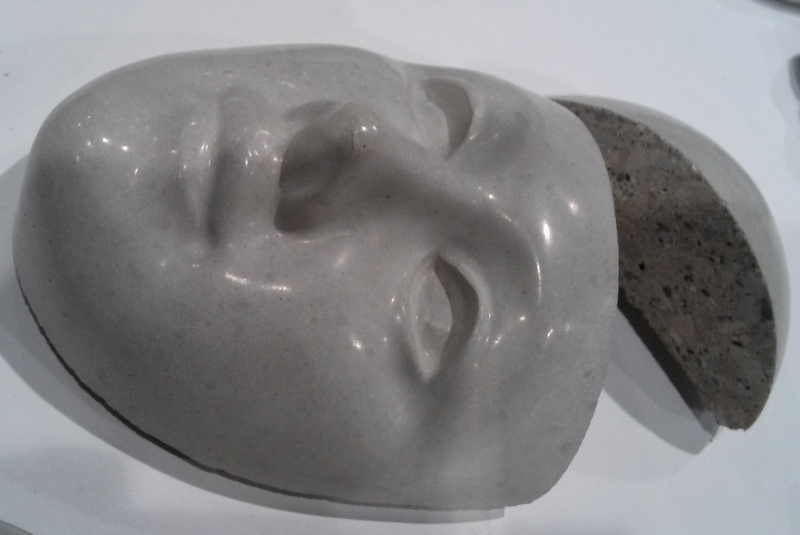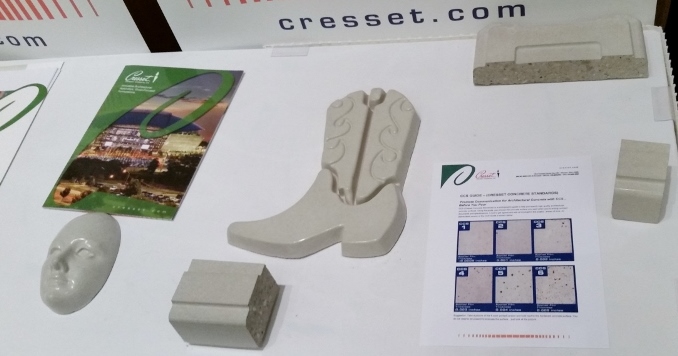The image below is a piece of concrete right out of the mold. Nothing has been done to the piece after stripping except cutting the piece to prove that it is concrete, no coating or polishing. We are demonstrating that by using the two release agents highlighted below, you can mimic the surface of the form. In this case we used a plastic tub for the form.
A face using Crete-Lease 880-VOC-Xtra Release Agent in a plastic form.
An environmentally friendly version of the industry staple Crete-Lease 880—The Original, this proprietary blend is comprised of neutralized vegetable oils in mineral oil that contains no waxes, silicones, or carcinogens; it’s also solventless and non-toxic. Notably, this advanced composition exceeds Federal, OTC State, and California (250 g/L) VOC Regulations. The end result mimics the surface of molds and site amenities with a superior finish for visually stunning concrete surfaces – without bugholes.
Non-toxic, non-flammable release agent is water-based and meets rigid OSHA, EPA and the lowest VOC rules. Permits easy, stain-free removal of forms or formliners from hardened concrete without bugholes and is ordorless.
Table Top display at the NPCA’s annual convention 2014.






